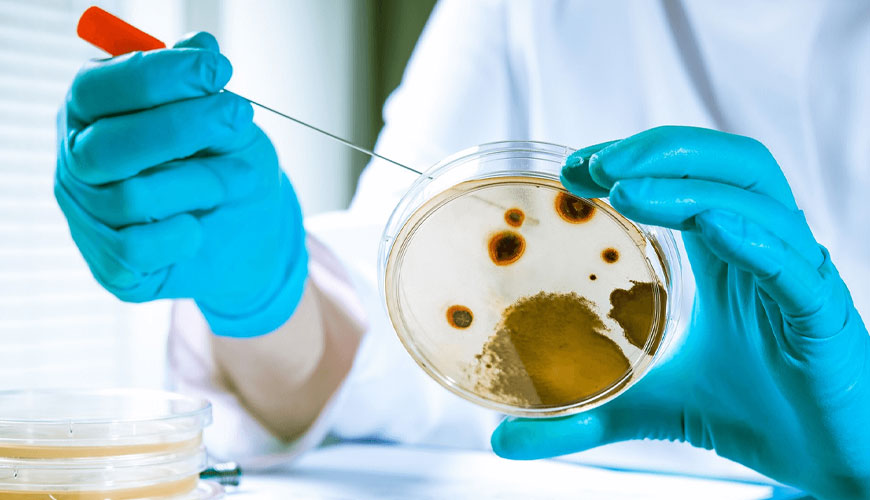

EUROLAB laboratory provides testing and compliance services within the scope of ASTM E2315 standard. The ASTM E2315 standard covers an example of a method that measures changes in aerobic microorganism population over a given sampling period when antimicrobial test materials are available.

Various options are offered for organism selection and growth, inoculum preparation, sampling times and temperatures. When the technique is applied as a specific test method, it is critical that the above-mentioned variables are standardized.
The antimicrobial activity of certain materials, as measured by this technique, can vary significantly depending on the variables chosen. It is important to understand its in vitro limitations. The tests provide the opportunity, in particular, to compare the results obtained from tests performed with different parameters.
For example, test results for microorganisms that require growth supplements or special incubation conditions may not be directly comparable to organisms evaluated without the specified conditions.
This procedure can be used to assess the in vitro reduction of the microbial population of test organisms after exposure to a test material. Knowledge of microbiological techniques is required for this process.
The suspension time-clay l test is excellent for topical germicidal product developers as it is a fast, relatively inexpensive and reproducible way to measure the biocidal potential of a liquid antimicrobial formulation. It consists of directly inoculating a liquid test substance containing a high concentration of test microorganisms and then determining the percentage killed over time.
ASTM E2315 Test Procedure
Values stated in SI units should be accepted as standard. No other units of measurement are included in this standard.
This standard does not purport to address all, if any, safety concerns associated with its use. It is the responsibility of the user of this standard to establish appropriate safety and health practices prior to use and to determine the applicability of regulatory requirements.
Our organization, EUROLAB, provides standard guide services for the evaluation of antimicrobial activity by using the time-killing procedure, within the framework of national and international standards, with its trained and expert staff and advanced technological equipment, among numerous test, measurement, analysis and evaluation studies. Contact EUROLAB to get testing service within the scope of ASTM E2315 standard.
To get an appointment, to get more detailed information or to request an evaluation, you can ask us to fill in our form and reach you.